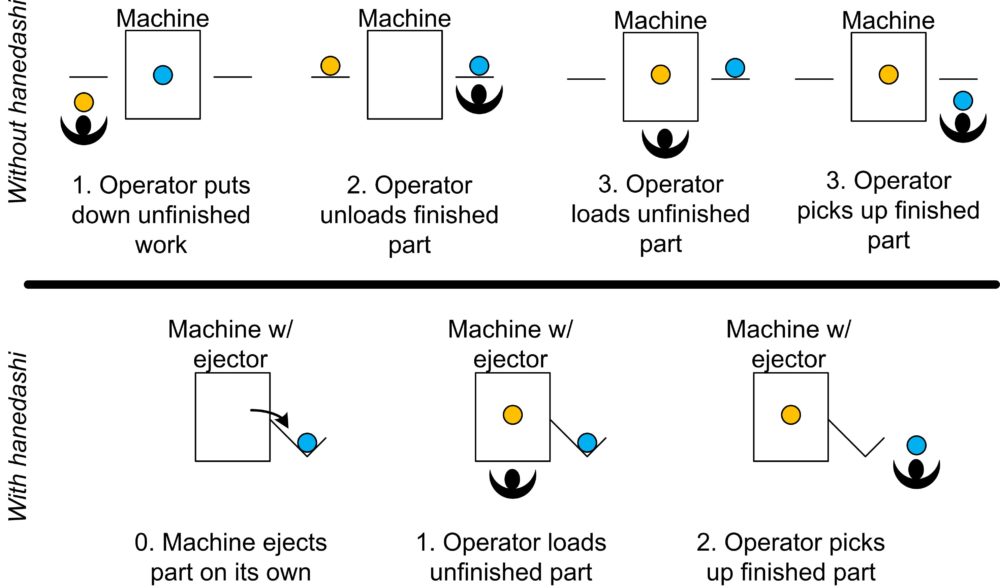Process Observation: Watch Before You Ask
Process observation is a critical task in the battle against waste. One of the mistakes people make when observing a process is to ask questions about it before they go to gemba to watch it. This tends to bias the person doing the process observation.



